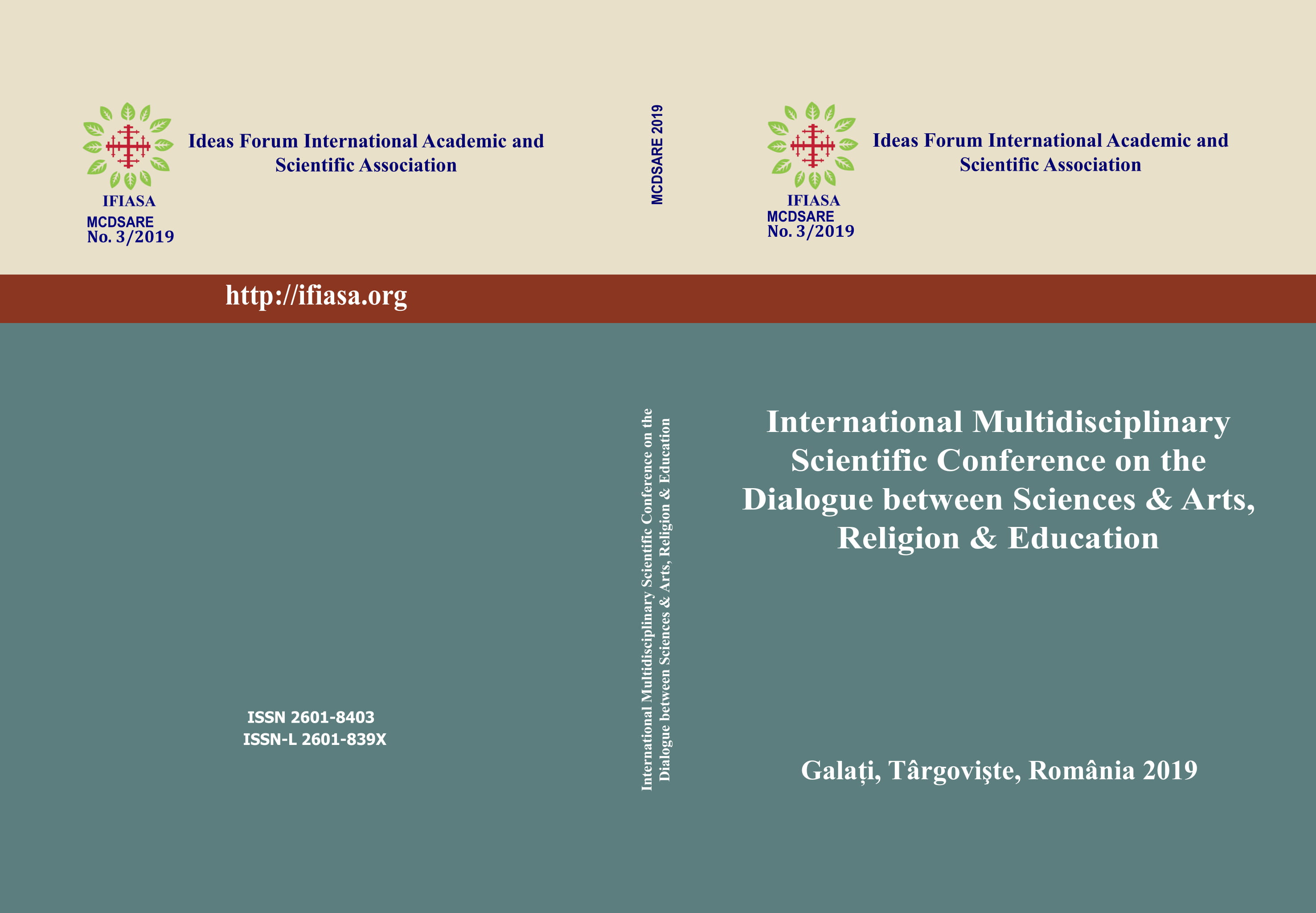BEST PRACTICES IN THE TEACHING AND LEARNING OF THE
FABLE USING THE WALDORF METHOD
BEST PRACTICES IN THE TEACHING AND LEARNING OF THE
FABLE USING THE WALDORF METHOD
Author(s): Maria-Gabriela DrăghiciSubject(s): Social Sciences, Education
Published by: Ideas Forum International Academic and Scientific Association
Keywords: fable; waldorf school; alternative system; teaching; learning;
Summary/Abstract: Waldorf education is an alternative education system which brings out pupils’ qualities, which are definedas cognitive-emotional skills and capacities, as well as artistic talents, in order to neutralise/combatnegative states stemming from harmful emotional experiences. Teacher Janet Lansbury claims that thereis no such thing as a bad child; there are just adults who are insufficiently informed, as well as mentallyand emotionally unprepared to cope with the manifestations of the new generation of children. TheWaldorf school attempts to solve these issues and provide the system with an alternative based onunderstanding divine creation by starting from the physical elements encountered in nature. Theprimordial existence of the child in the universe and his/her arrival into the world constitute the basis ofthe emotional manifestations he/she experiences throughout life. Moreover, subjectively judging a childby permanently harbouring negative thoughts leads to such thoughts being unconsciously conveyed to thechild by the adult, as the human brain possesses the capacity to transfer impulses through the sphere ofthe universe. The traditional education system has registered minor changes by adopting alternativepractices in order to encourage wellness among pupils. That is why, in the present article, we have set outto document the observations made following a German language lesson at a state school in Bucharest, alesson focused on teaching and learning a fable based on the ideas of the Waldorf alternative educationsystem.
- Issue Year: 3/2019
- Issue No: 3
- Page Range: 206-210
- Page Count: 5
- Language: English

